Jorge Penadés is a designer based in Madrid. If you look at his works you could see two things: on the one hand, designs with elegant forms and subtle colours, on the other hand, innovative forms and structures brought together in surprising ways, each more fantastic than the last. His material palette and construction methodology are somewhat poetic, yet striking response beyond the whole.
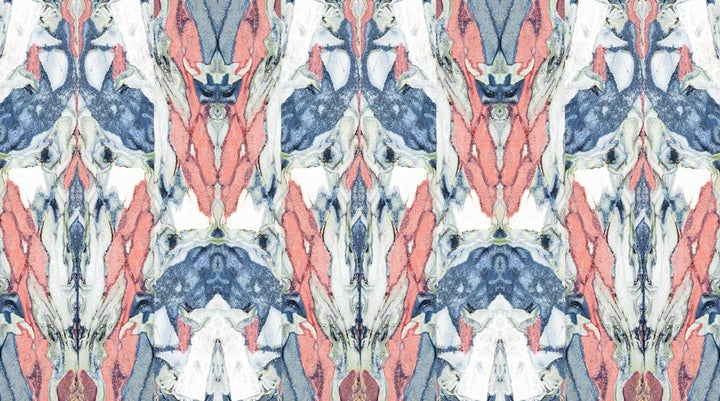
JL: What is the trigger behind a project and how do you approach a new idea?
JP: In my opinion, in today's context we should no longer ask what but why; how might also be replaced by at what price. Every decision we make has a footprint and we should be aware of if what we are bringing in is going to have enough impact as to counterbalance its consequences. I think this is the sort of thinking behind every idea I work on.
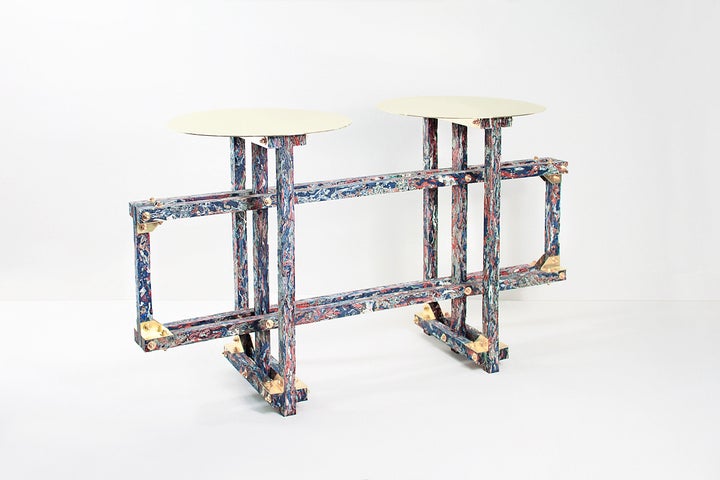
JL: I'm curious to hear about Structural skin. These art pieces feature self-produced material made out of fragmented leftovers and offcuts from the leather industry. Can you tell me about the story, the process and technique you applied?
JP: Usually, designers decide choose to work with a particular material because it offers certain properties, but the starting point of this project was the other way around; I decided to look for materials that have different disadvantages and try to convert those into advantages.
Regarding the production process, it's a mix of existing stuff – an industrial paper shredder machine with which I shred the leather offcuts - with elements that I specifically designed for this project, like the moulds.
I guess the crucial issue of this project is the binder used. I've always felt that up-cycling a material with resin was no longer a very intelligent decision, so when trying to look for alternatives I found a natural glue made out of bones, which is basically collagen, and decided that was the perfect option because bones and skins are both byproducts from the meat industry.
JL: When you design furniture, what is the first decision you have to make?
JP: Usually, I never make decisions before having enough information about the context in which a particular object is going to be introduced. I believe the more information you can deal with, the better will be your questions and the better the questions, the more intelligent are the proposals.
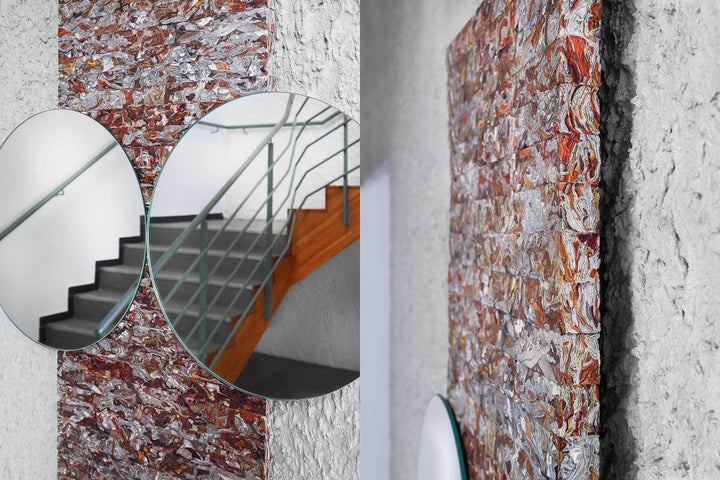
JL: Your work Détournement is very industrial and subtle character. What was your inspiration when you worked on it? In your essay on this subject you said that 'Détournement explores a parallel reality in which economic value is no longer priority number one'. It's interesting because usually good design evokes luxurious and not affordable for everyone furniture.
JP: The inspiration for this project comes from a theoretical research I did back in 2015 as part of an essay I've been working on since then. Looking into the idea of appropriation, I found Détournement: a method created by Guy Debord and Gil J. Wolman in the 50 ́s which consisted in turning expressions of the capitalist system and its media culture against itself; this principle gave birth to the project. To keep it short, it's about finding alternatives opportunities to foster education as a political weapon, in order to subvert the monetary-driven criteria that govern our current society.
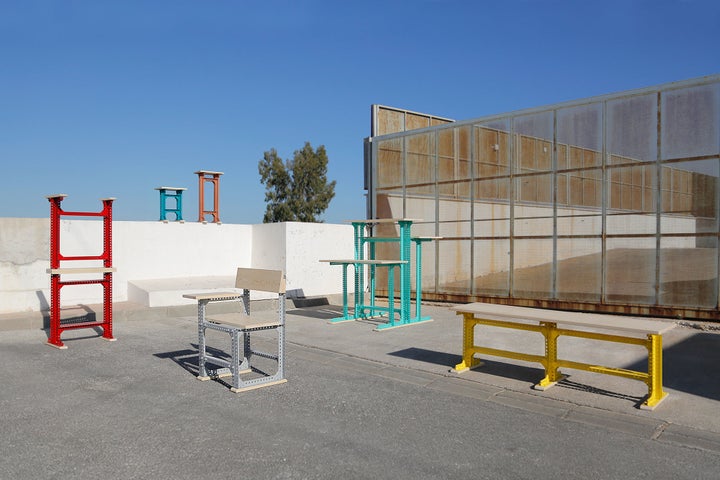
JL: I always like to ask designers and architects, and to me it seems an important questions when you design or build, what is your favourite force of nature?
JP: I'm not sure if I have a favourite force of nature, but since I was born and grew up in a small fisherman's village of Málaga (Spain), I feel very connected with the sea. Would that answer your question? :)
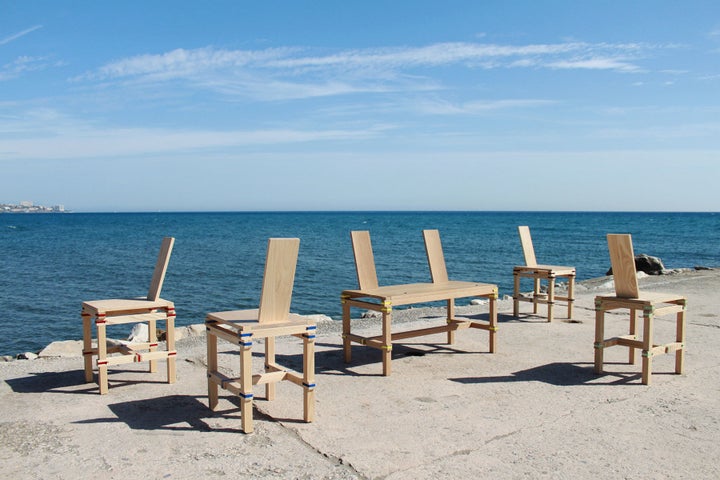
JL: Can you tell me about your Nomadic ideas?
JP: To a certain extend, all those ideas about versatility and flexibility are deeply rooted in our modern reality due to its ephemerality. I guess the fact of having lived in different cities has also emphasized this vision which resulted in a wooden constructive system without any kind of screws, nails or glue.
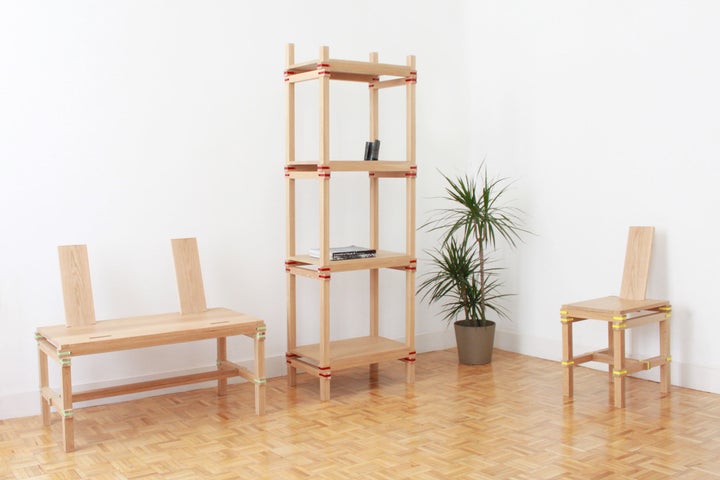
JL: It's quiet contemporary..
JP: In my opinion, there is a big difference between designers that have been educated before and after the crisis; in the pre-crisis bubble everything was possible, it was much more about luxurious materials, expensive manufacturing process and fancy objects. But in today ́s context, it just doesn't work, the designers that have been educated during or after the crisis are facing a much more Darwinian reality - only the stronger ideas survive.
Jorge Penadés' solo show at Machado-Muñoz opens in September 2017. To see more of his works visit his website.
